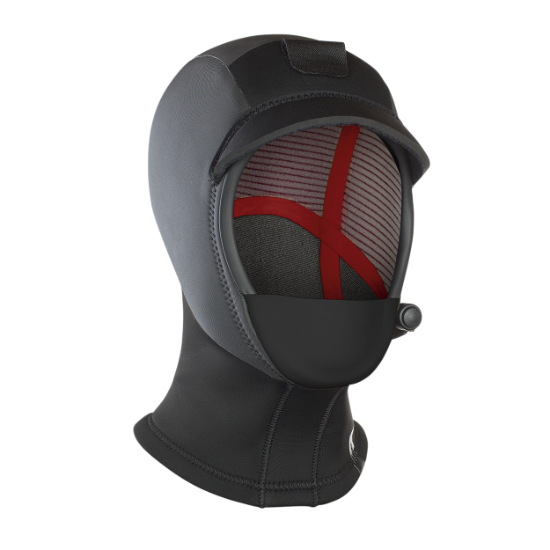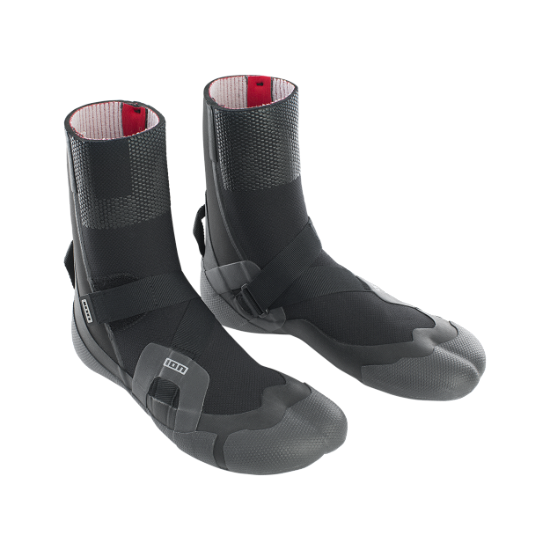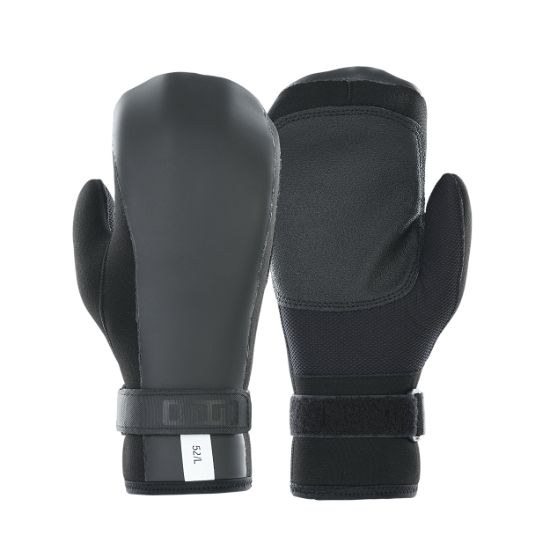:grayscale(false):quality(10):blur(20))
gear
Cold water insights
Wetsuit tech & cold water tips explained by product developer by Michi Schuster
Wetsuit technology has come a long way over the last decade and in particular in the last few years. Through the advances in materials used, taking a break from water sports during winter is a thing of the past.
Keeping warm when hitting the water is essential, otherwise our blood vessels will contract and we start to freeze, which means the end of enjoyment, performance and eventually the session.
ION Wetsuit developer Michi Schuster dives into the lates neoprene tech and reveals how you can extend your season.
MICHI, HOW DOES A WETSUIT ACTUALLY WORK?
Neoprene gains its insulating properties from zillions of tiny enclosed air bubbles that are created within the neoprene during its production process. The air in these bubbles is trapped and forms an insulating layer between the body and the water. The ideal scenario is that as little water as possible penetrates the suit. However, there is always some water entering the wetsuit, which our body temperature warms up helping to keep us warm.
WHAT ARE THE MAIN DIFFERENCES IN DIFFERENT NEOPRENE TYPES?
There are different types of neoprene: Petroleum based neoprene, limestone neoprene and Yulex neoprene. Petroleum based neoprene is used less and less, limestone is probably the one that’s used the most by the manufacturers in our industry, and Yulex is the most environmentally friendly alternative of them all. At the same time, it is also the least flexible and the most expensive. Besides this, the actual neoprene foam has specific characteristics and can differ greatly in terms of flexibility, robustness and durability. That’s why it’s essential to choose the most suitable foam for each wetsuit model. Obviously, highly flexible foam is also more expensive than a stiffer one.
WHAT DO YOU RECOMMEND FOR AUTUMN AND WINTER: “DOUBLE-LINED“ OR “SMOOTH SKIN“?
“Smooth skin“ suits are slightly warmer in windy conditions than “double-lined“ wetsuits. If it’s only about warmth, then you should choose “smooth skin“. However, if flexibility is also a factor, you should definitely consider going with a “double lined“ wetsuit. Generally, even if, for example, the back panel of a wetsuit features “smooth skin” and the rest is “double lined”, it helps a great deal against the wind-chill. Thanks to the use of inner linings such as our “Graphene Plush”, double-lined wetsuits are almost as warm as smooth-skinned ones these days.
:grayscale(false):quality(10):blur(20))
:grayscale(false):quality(10):blur(20))
:grayscale(false):quality(10):blur(20))
:grayscale(false):quality(10):blur(20))
:grayscale(false):quality(10):blur(20))
:grayscale(false):quality(10):blur(20))
:grayscale(false):quality(10):blur(20))



:grayscale(false):quality(10):blur(20))
:grayscale(false):quality(10):blur(20))
:grayscale(false):quality(10):blur(20))